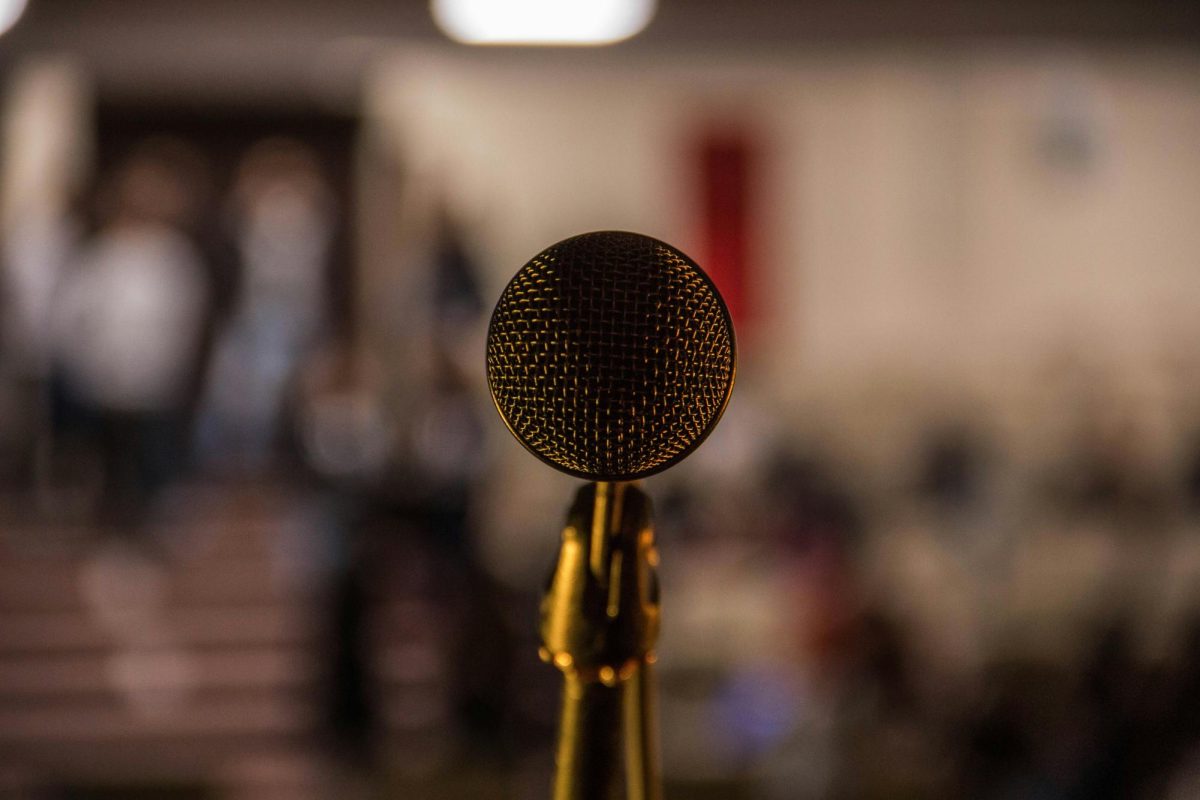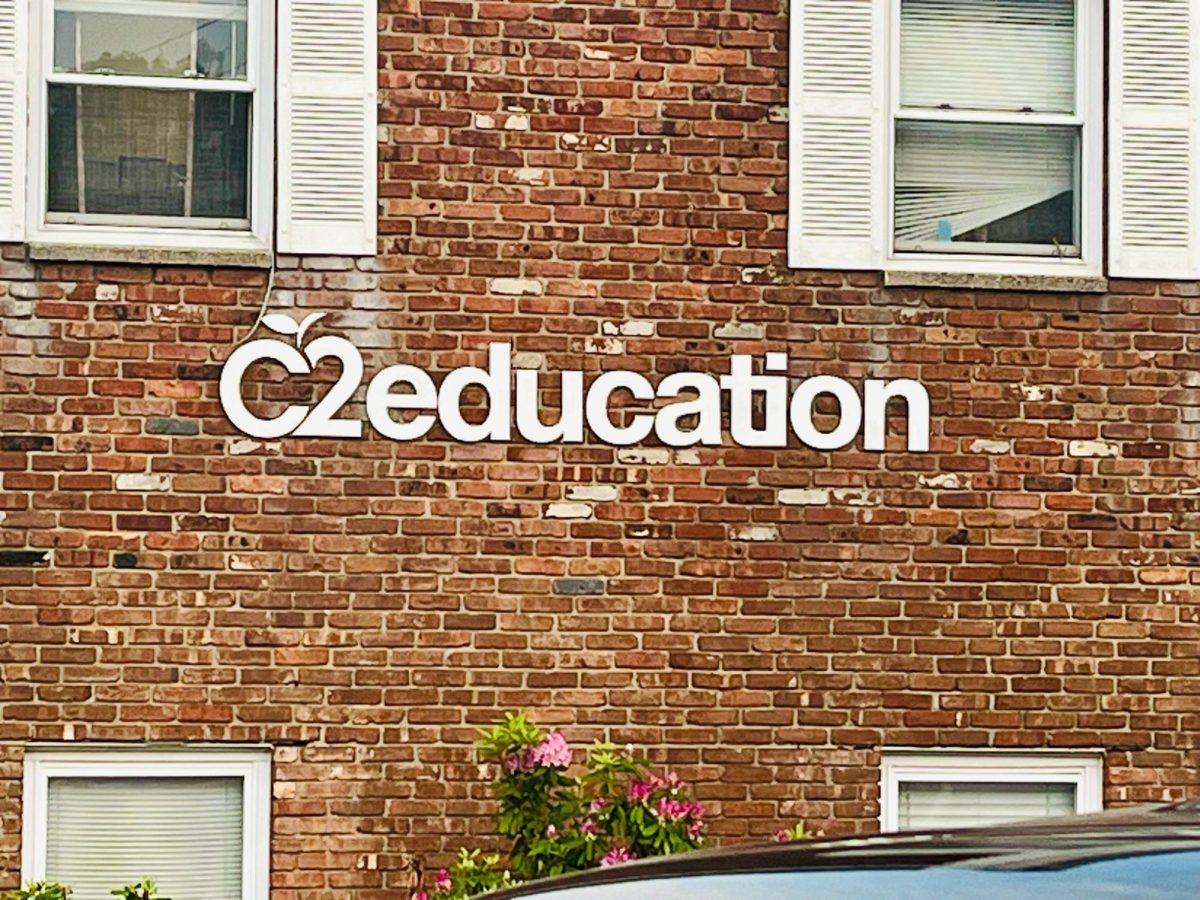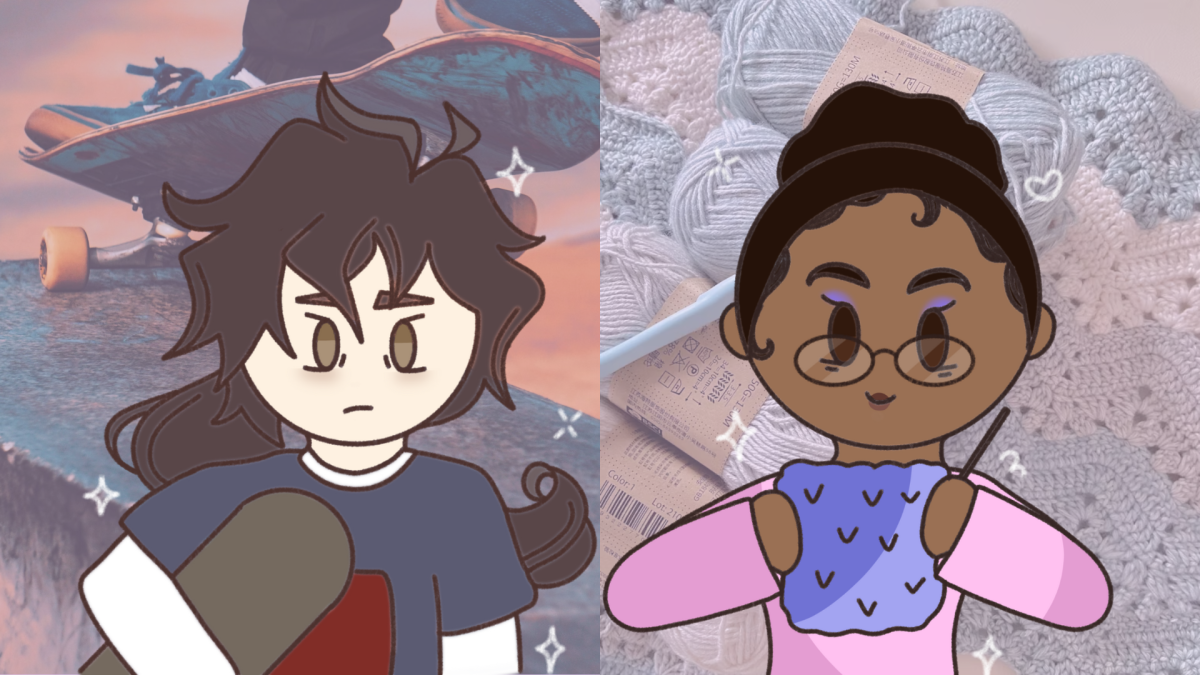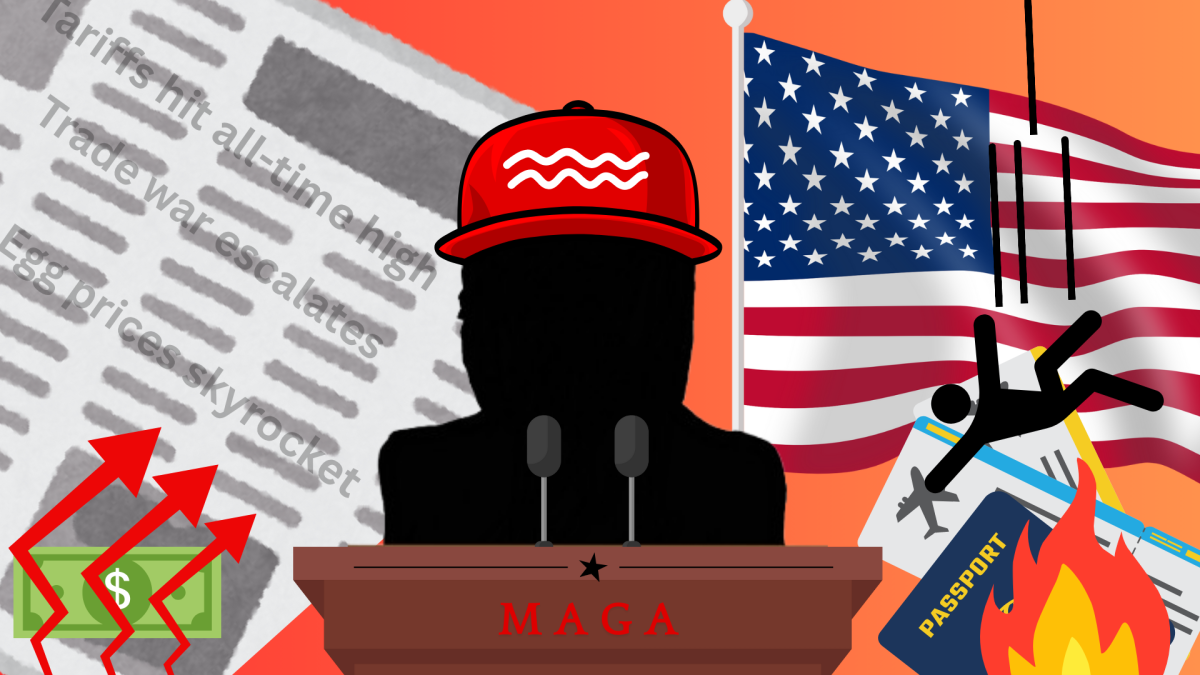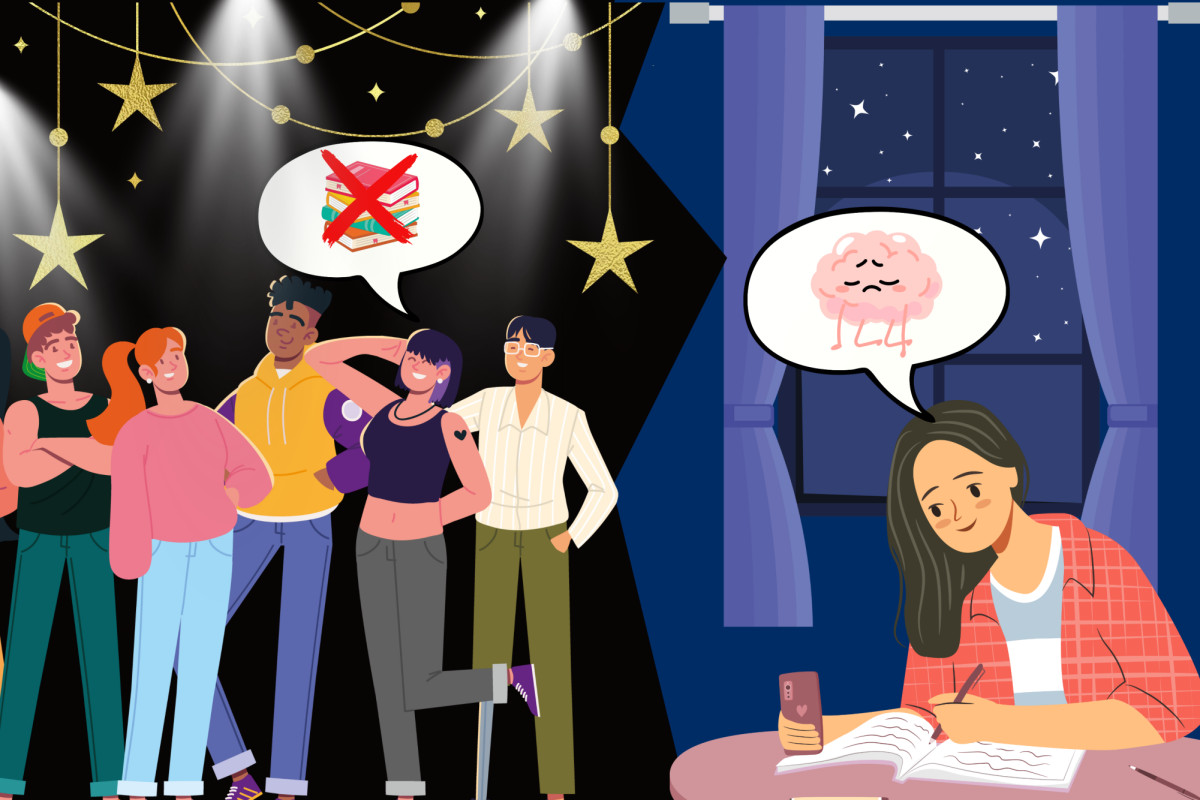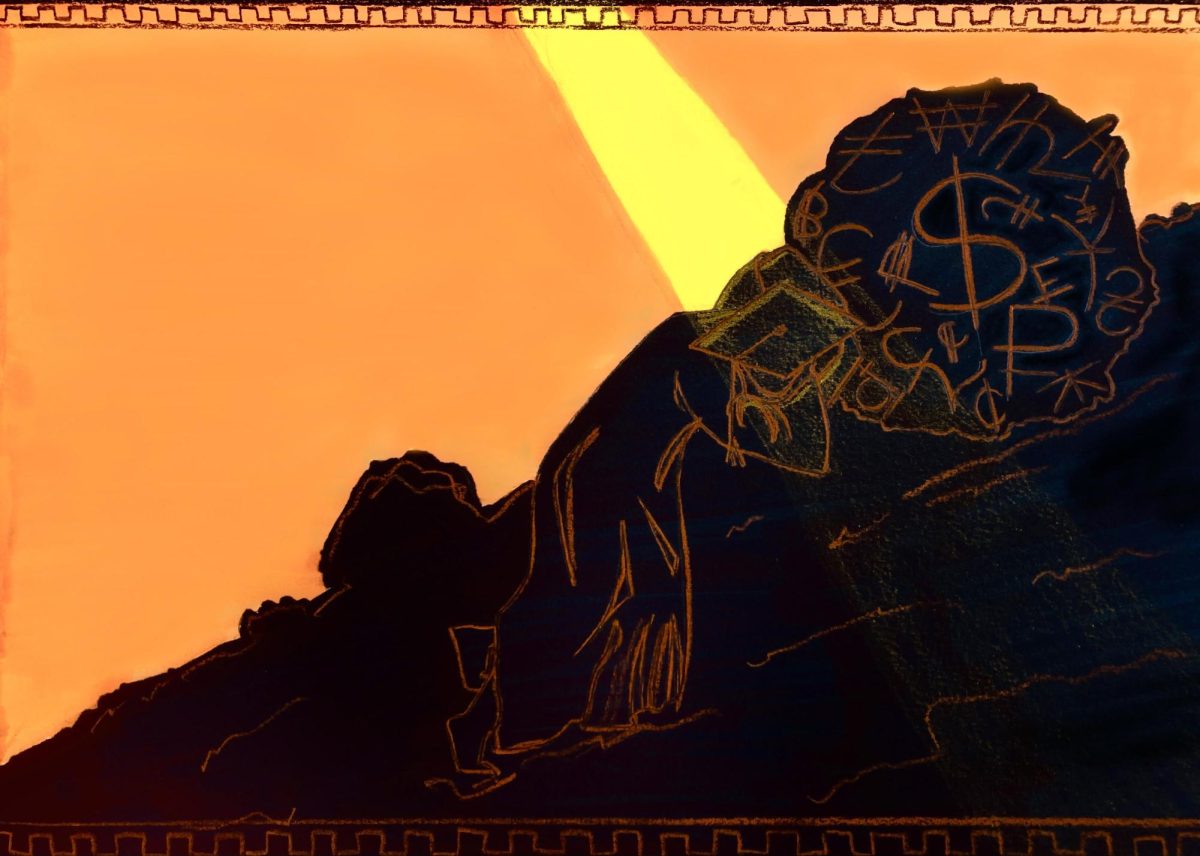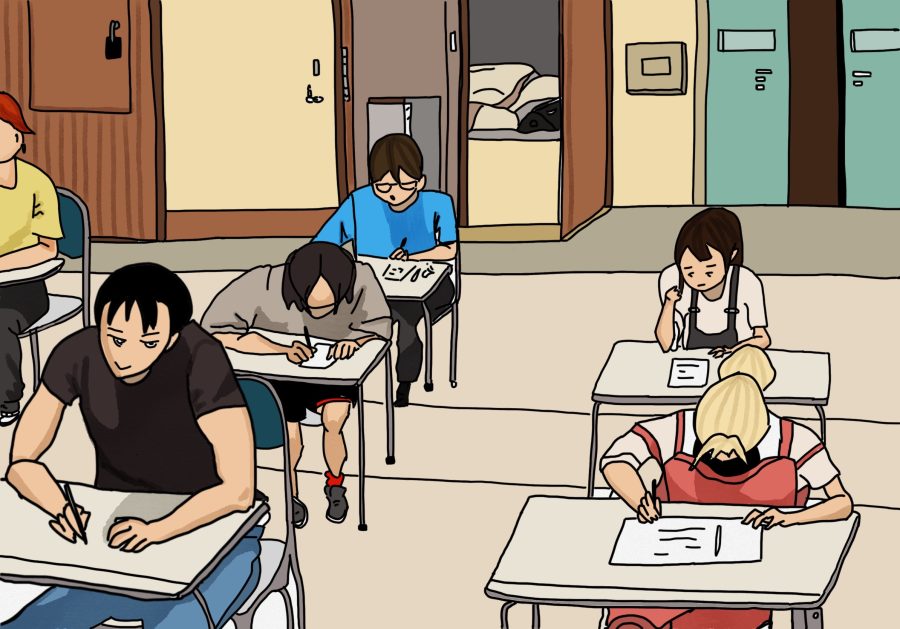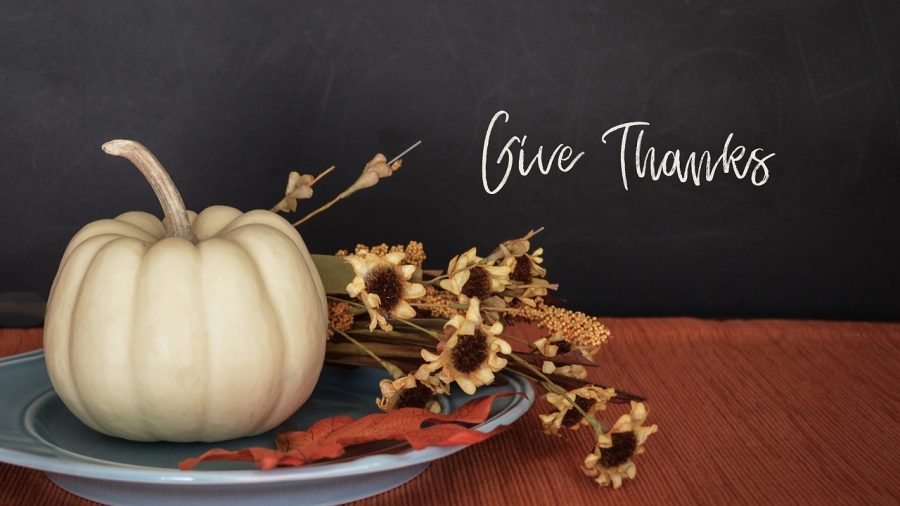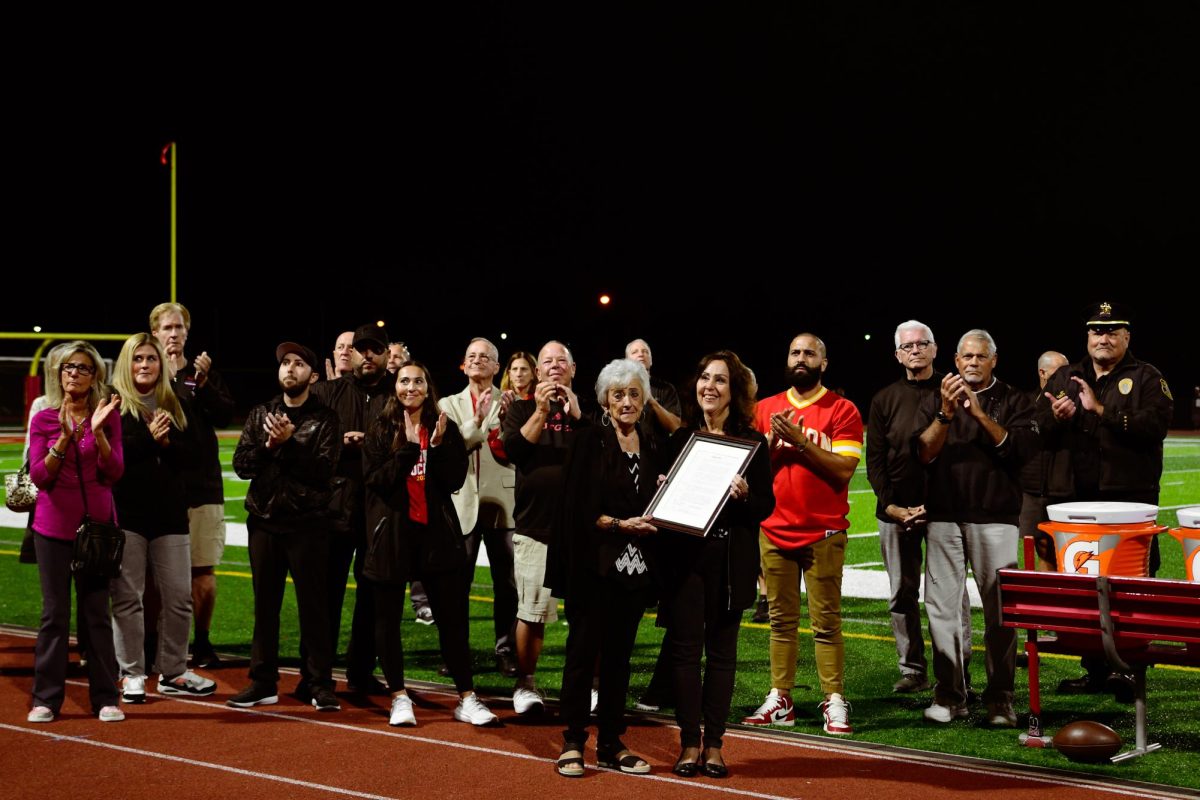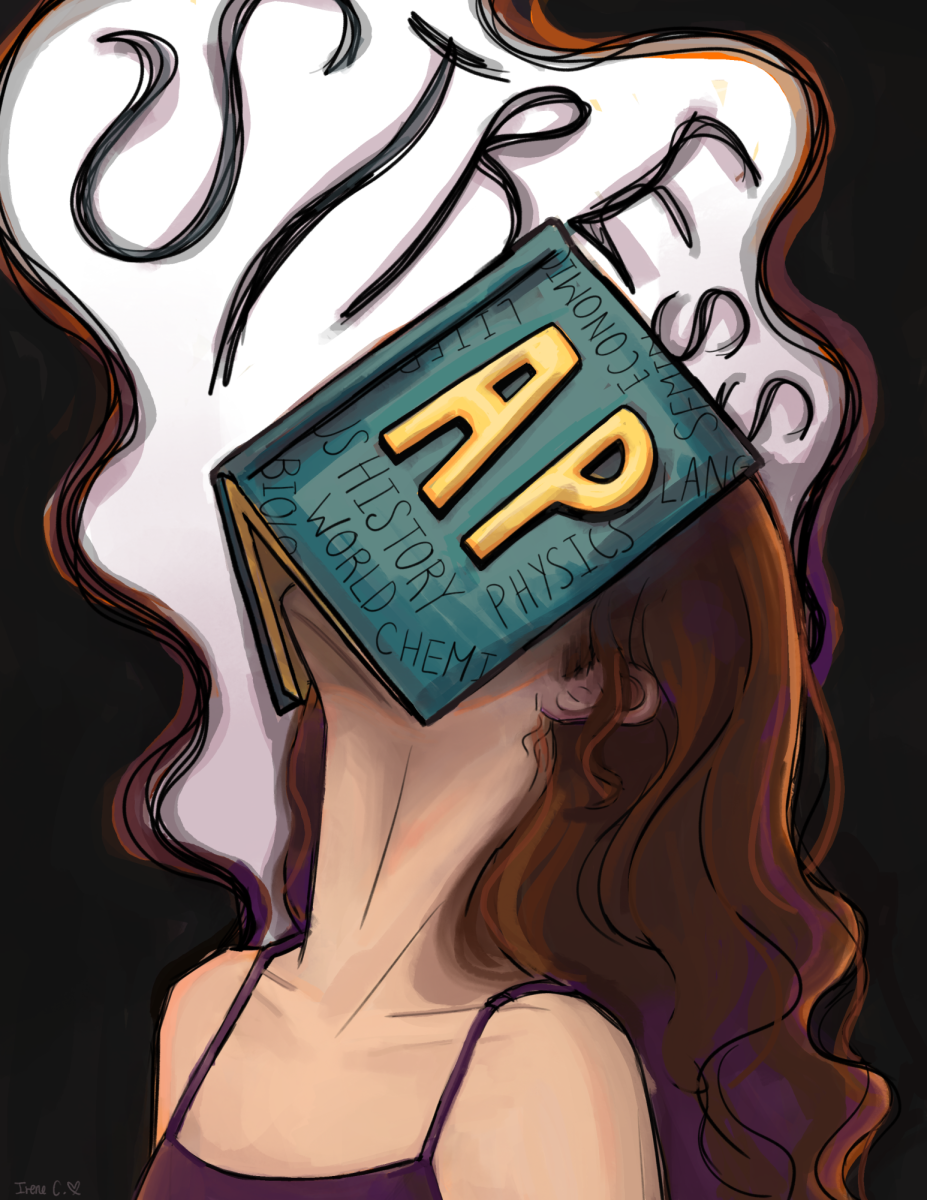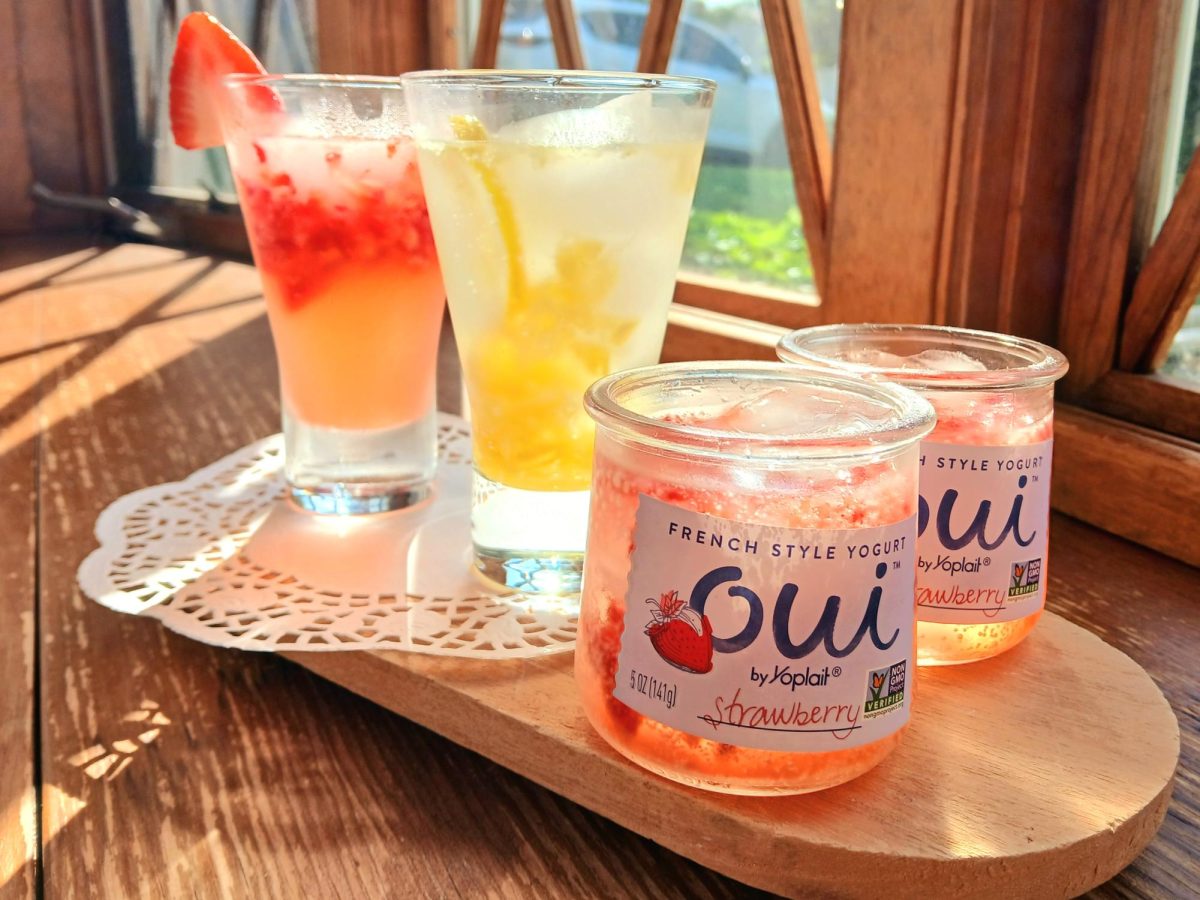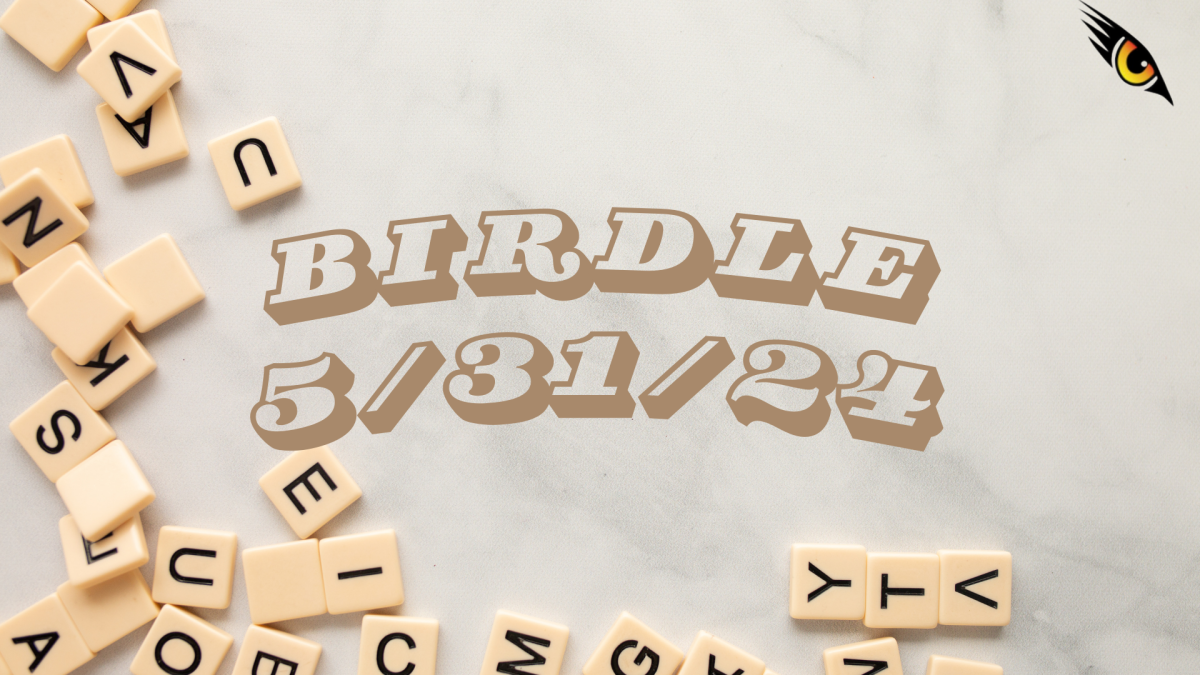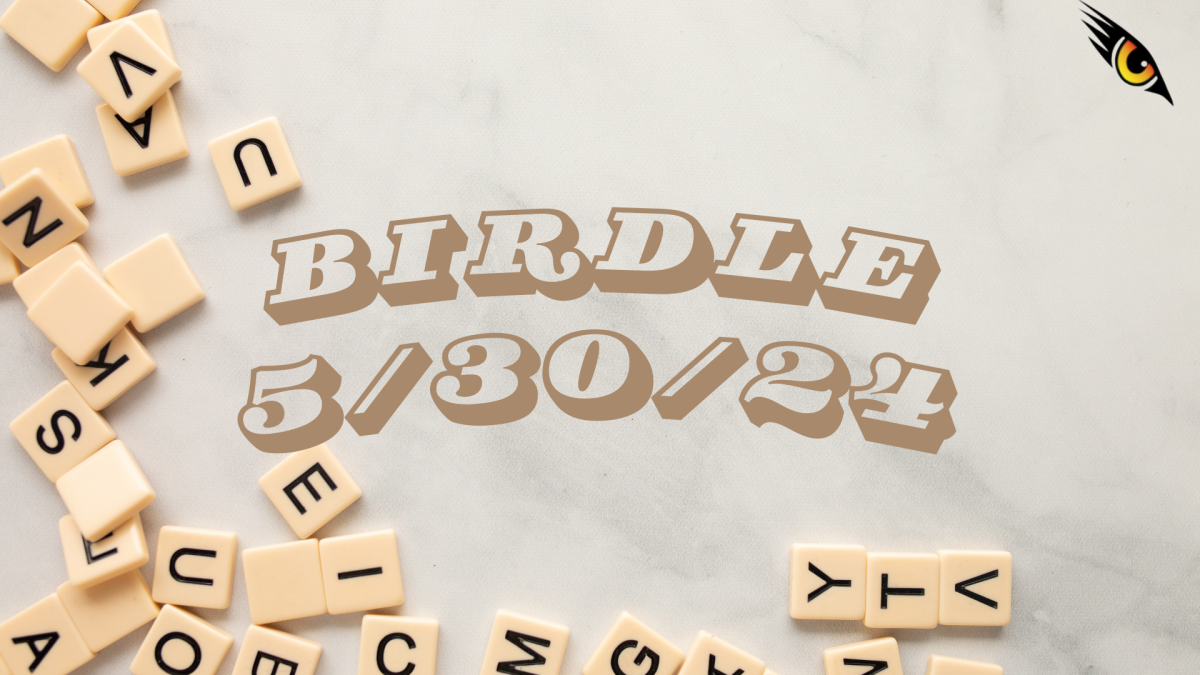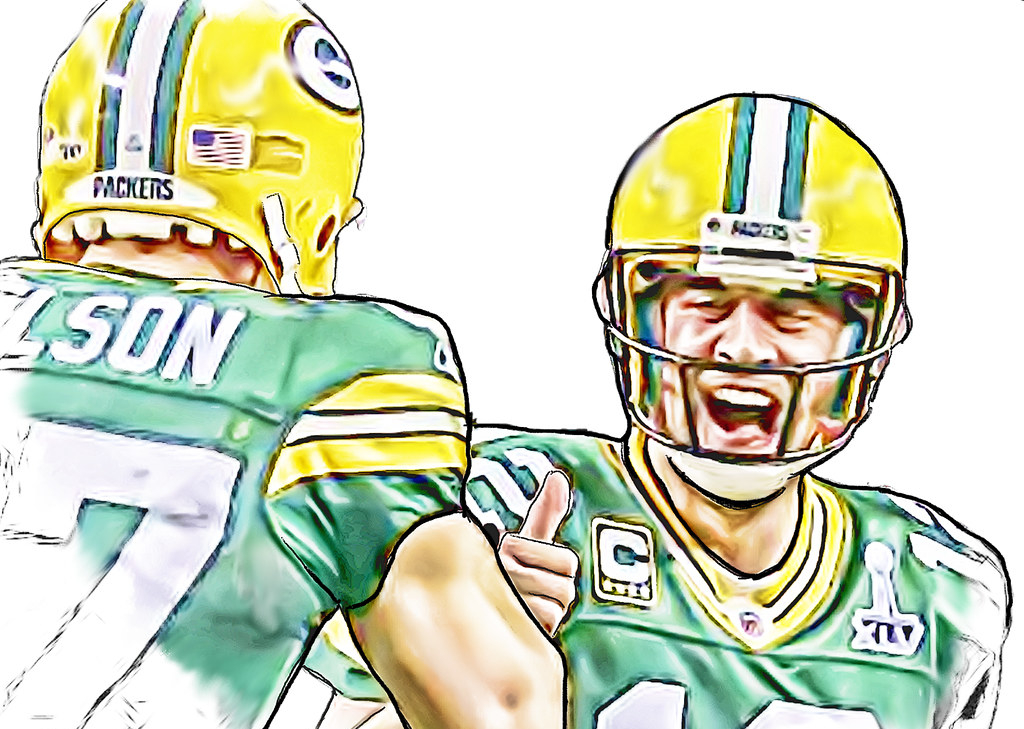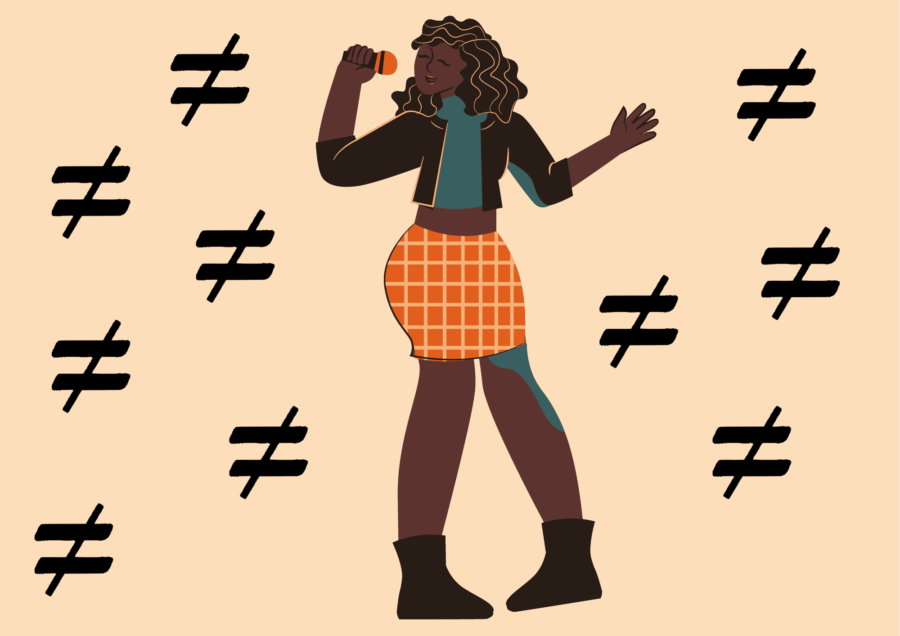Inequality in the Music Industry
February 8, 2021
There has always been inequality in the music industry and it has gone unrecognized until the recent 2021 Grammy nominations. Black artists were snubbed from the awards, like The Weeknd for his chart-topping album “After Hours.” However, inequality is more prevalent than just in Grammy nominations. Black artists go unrecognized while White artists are able to achieve more fame and recognition.
In August 2020, rap artists Cardi B and Megan Thee Stallion released their collaboration “WAP,” a song about females embracing their sexuality. While the song quickly became famous on social media platforms such as TikTok, people were against the song because of its inappropriate content. There was a lot of backlash towards the song from male artists–even though male artists are just as inappropriate in their own songs. Songs like “Watermelon Sugar High” by Harry Styles and “Mood Swings” by Pop Smoke talk about the pleasure they get from sex and, especially in “Mood Swings,” describe the sexual acts they do to women in order to please themselves. This double standard between males and females demonstrates the inequality that women face regarding the expression of sexual themes in music. Women are condemned for celebrating their sexuality while men are praised for celebrating theirs. This all comes down to the fact that when women are comfortable with their sexuality, they are shamed with derogatory terms.
Furthermore, Black female artists are criticized for their sexual songs while White female artists are celebrated for theirs. In October 2020, Ariana Grande released her sixth studio album “Positions” which included songs with double entendres and sexual content. One song in particular, “34+35,” includes a lot of sexual content. The similarities between “WAP” and “34+35” are obvious–both songs celebrate female sexuality, contain explicit material, and are titled with sexual innuendos. However, there is one difference between the songs: “34+35” received no backlash.
On the other hand, Cardi B’s participation in the creation of “WAP” was criticized for being inappropriate for a mother, despite Cardi B making it clear that she writes music for adult audiences. In contrast, Ariana Grande did not receive any backlash for her explicit song, even though she has a young following due to her Nickelodeon past. Additionally, Grande’s song, while being just as inappropriate as “WAP,” was still allowed to be played on the radio. This is an example of White artists being able to achieve more success than Black artists even though they produce the same content as each other. This inequality shows the disadvantage that Black female artists have in the music industry. When they put out inappropriate music, they are shamed for doing so while White female artists are not.
Black women also experience inequality in the music industry when they are pitted against each other. For example, Cardi B and Nicki Minaj were pitted against each other due to the fact that they are both female rappers. Fans created fake drama between the two and constantly compared them both while no similar situation has happened to White female artists.
Other artists have taken the chance to talk about how Black women are pitted against each other. In a “Genius” interview about their song “Tia Tamera,” Doja Cat and Rico Nasty discussed the importance of Black female artists collaborating together: “I feel like it’s important for girls to see that we can get along, no drama.” The whole fact that they had to make a song together to prove that they can get along shows that people will always pit Black women against each other for no valid reason. However, Rico Nasty and Doja Cat hope to show their audiences that there is no drama between them and that Black women get along in the music industry.
In addition, Black artists are also put into genre specific “boxes” they are unable to escape. White artists are able to more frequently move across genres while being recognized for their “courageous” jumps to new types of music. For example, Taylor Swift used to be a country singer, but was celebrated for switching to pop, then eventually switching to Indie Folk with her new albums “Folklore” and “Evermore.” However, when Black artists try to branch out from their usual musical genre, they are not as recognized and are rather prohibited from changing their genres.
By putting Black artists into the same genres of Hip-Hop, R&B, or Soul, they are stereotyping Black music and not giving Black artists the chance to explore and expand their artistry. Black artists have always also been subjected to specific genres especially when it comes to award shows and award recognitions. After his win in the 2020 Grammy’s, Tyler the Creator took the opportunity to talk about this inequality in the music industry: “It sucks whenever we — and I mean guys that look like me — do anything that’s genre-bending or that’s anything they always put it in a rap or urban category. I don’t like that ‘urban’ word — it’s just a politically correct way to say the n-word to me” (Tyler the Creator). Black artists are subjected into a prison of “urbanness” and “rap” without being allowed to move across genres as easily as White artists are allowed to.
However, this year, the Grammys have decided to rename the best urban contemporary category into best progressive R&B album. Was this the change that Black artists deserved, or was it just an act of performative activism? At the very least, Tyler the Creator and all the Black artists put into that category in years prior have had their voices heard.
While the music industry is not perfect, consumers should try their best to promote Black artists and give them the fan recognition they deserve. This does not mean to stop listening to White artists, but rather give Black artists the time to succeed as White artists do. Hopefully, this inequality in the music industry between Black and White artists will reduce with time. Quality of music needs to be evaluated independently from the color of its maker.







